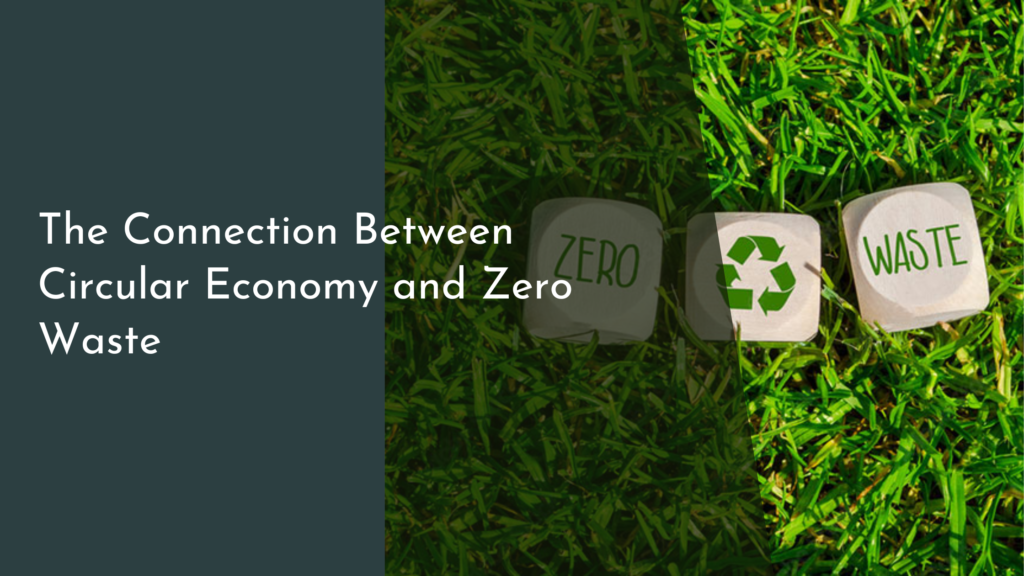Fermented Fabric: Using Kombucha SCOBY for Clothing
In recent years, the fashion industry has seen a remarkable shift towards sustainability, with innovative materials emerging from unexpected sources. One of the most fascinating developments is the use of kombucha SCOBY (Symbiotic Culture of Bacteria and Yeast) to create fabrics. This edible byproduct from the fermentation process of kombucha tea is not only a delicious drink but also a potential game-changer in the textile world. As designers and brands increasingly seek eco-friendly alternatives, the idea of wearing clothing made from fermented materials is both exciting and inspiring.
The journey of kombucha from beverage to fabric intersects the realms of health, sustainability, and creativity. As consumers become more environmentally conscious, designers are tapping into the natural properties of kombucha to create unique, biodegradable textiles. This blend of craftsmanship and sustainability reflects a growing movement towards responsible fashion, where the materials we wear are just as important as the designs themselves. The magic of kombucha in fashion is just beginning to unfold, and the possibilities are as boundless as the imagination.
Discovering the Magic of Kombucha in Fashion Design
The concept of using kombucha SCOBY in fashion design might initially sound unusual, but it’s a brilliant example of innovation in sustainability. Designers across the globe are experimenting with the organic and pliable nature of SCOBY to create biodegradable textiles. The process of transforming this fermented substance into wearable fabric involves drying and manipulating the SCOBY into sheets that can be cut and sewn like traditional fabrics. The result is a unique, textured material that stands out not only for its aesthetic qualities but also for its eco-friendly credentials.
As the fashion industry grapples with issues such as waste and pollution, the use of kombucha fabric offers a fresh perspective. It exemplifies the marriage of art and science, showcasing how traditional fermentation techniques can lead to contemporary fashion solutions. Brands are exploring various styles, from avant-garde designs to practical garments, all while highlighting the sustainable ethos that drives their work. The combination of creativity and environmental responsibility makes kombucha fabric a truly magical addition to the fashion landscape.
The Process: Crafting Fabrics from Kombucha SCOBY
Creating fabric from kombucha SCOBY involves a fascinating process that reflects the principles of fermentation. Initially, a SCOBY is cultivated through a mixture of tea, sugar, and specific strains of bacteria and yeast. As the mixture ferments, the SCOBY grows and develops a jelly-like texture. Once the desired thickness is achieved, the SCOBY can be harvested and dried to create sheets of fabric. These sheets can then be dyed, treated, and transformed into clothing or accessories, introducing a whole new dimension to textile production.
However, the process doesn’t stop at simply creating the fabric. Designers must also consider the durability and usability of kombucha textiles. While the material is biodegradable and sustainable, its properties can vary based on environmental conditions and fermentation processes. Innovations in treatment and finishing techniques are helping to overcome challenges, ensuring that kombucha fabric not only looks stunning but also stands the test of time. The journey from the fermentation jar to the fashion runway is a testament to human ingenuity and the quest for sustainable solutions in the industry.
Benefits of Fermented Fabrics for Sustainable Fashion
One of the standout benefits of using kombucha SCOBY to create fabrics is its environmentally friendly nature. Since the finished product is biodegradable, it significantly reduces the amount of waste generated by the fashion industry. Traditional textiles often contribute to pollution and landfill overflow, but kombucha fabric can decompose naturally, leaving a minimal ecological footprint. This is especially important as consumers become more aware of their purchasing habits and seek out sustainable alternatives.
Additionally, fermented fabrics offer unique properties that can enhance the wearing experience. Kombucha textiles can be lightweight and breathable, making them suitable for various climates and styles. The fabric’s natural texture and appearance can add an organic, artisanal feel to clothing, appealing to consumers who appreciate individuality and creativity. With the increasing demand for sustainable fashion, kombucha fabric stands out as a practical and stylish choice that aligns with the values of eco-conscious consumers.
Future Trends: Kombucha Clothing and Eco-Friendly Styles
As the conversation around sustainability in fashion continues to grow, kombucha clothing is poised to become a major trend. Designers are exploring innovative ways to incorporate this versatile material into their collections, resulting in unique garments that celebrate both aesthetic appeal and environmental responsibility. This blend of function and style allows consumers to express their individuality while supporting sustainable practices in the fashion industry.
Looking ahead, we can expect to see a rise in collaborations between fashion designers and scientists, focusing on the development of new techniques and applications for kombucha fabric. As the technology surrounding fermentation and textile production evolves, the potential for kombucha clothing expands. From casual wear to high-fashion couture, the future of fashion could very well be fermented, opening doors to a world of eco-friendly styles that are as creative as they are sustainable.
In conclusion, the use of kombucha SCOBY in clothing production represents an exciting frontier in sustainable fashion. As designers embrace the unique qualities of this fermented fabric, they contribute to a more responsible and innovative industry. The journey from a humble jar of kombucha to a stylish garment is a testament to creativity and the push for eco-friendly solutions in fashion. As we look towards the future, it’s clear that the magic of kombucha will continue to inspire and influence the way we think about textiles, sustainability, and style.

